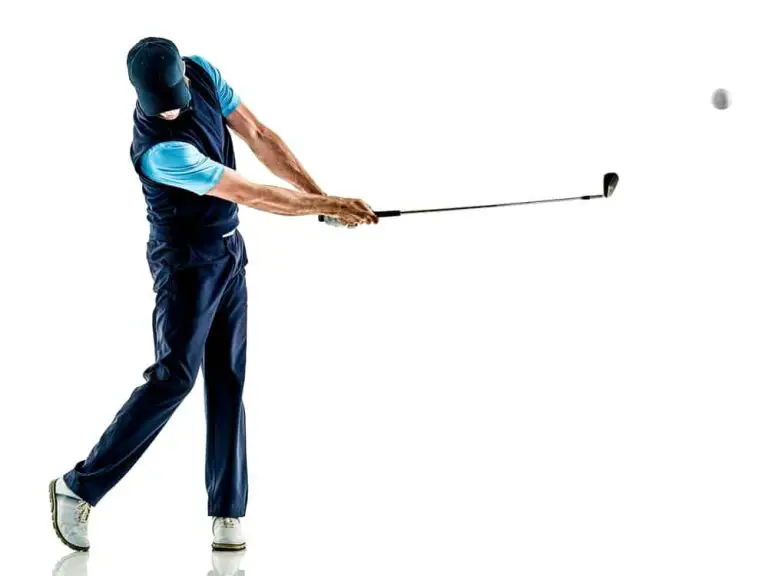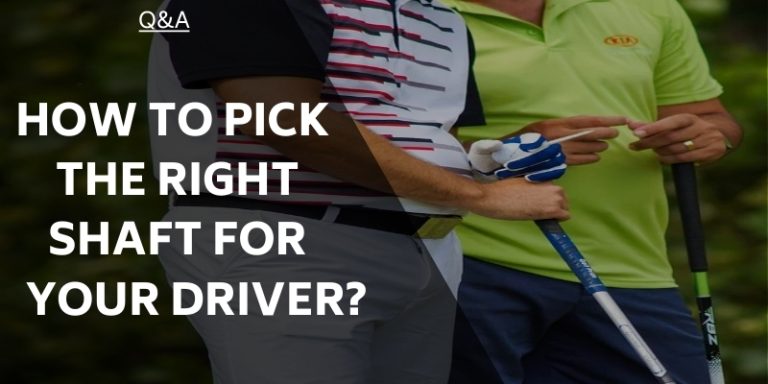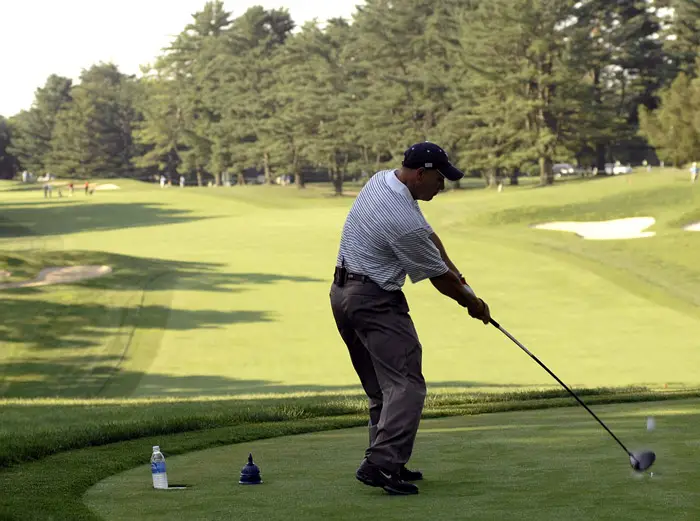Golf Ball Uses
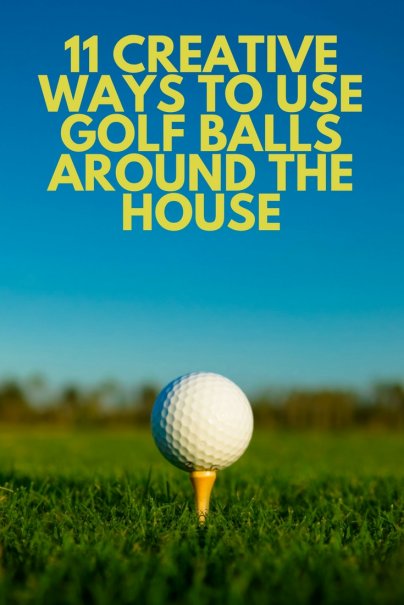
Golf balls are an essential component of the game of golf, and each type of golf ball serves a unique purpose. From beginners to professionals, golfers must understand the different types of golf balls and their uses to improve their game and enhance their overall golfing experience.
While golf balls are primarily used for playing the game of golf, they also have several other uses, including training, practice, and even decorative purposes. Understanding the different types of golf balls and their uses can help golfers choose the right ball for their playing style and skill level, resulting in better performance on the course.
In this comprehensive guide, we’ll explore the different types of golf balls and their uses, including one-piece, two-piece, three-piece, four-piece, and five-piece golf balls, as well as distance and spin golf balls. We’ll also discuss the various materials used to make golf balls, such as rubber, Surlyn, urethane, polyurethane, and ionomer.
Additionally, we’ll delve into the different purposes of golf balls, including general golfing purposes, such as driving, iron shots, and putting, as well as training and practice purposes, such as driving ranges and alignment and aim practice. We’ll also look at the non-golfing uses of golf balls, including decorative and creative uses.
Lastly, we’ll discuss the factors to consider when choosing a golf ball, such as compression rating, cover material, spin rate, trajectory, feel, and durability. With this guide, you’ll have a comprehensive understanding of golf ball uses, helping you improve your game and overall golfing experience.
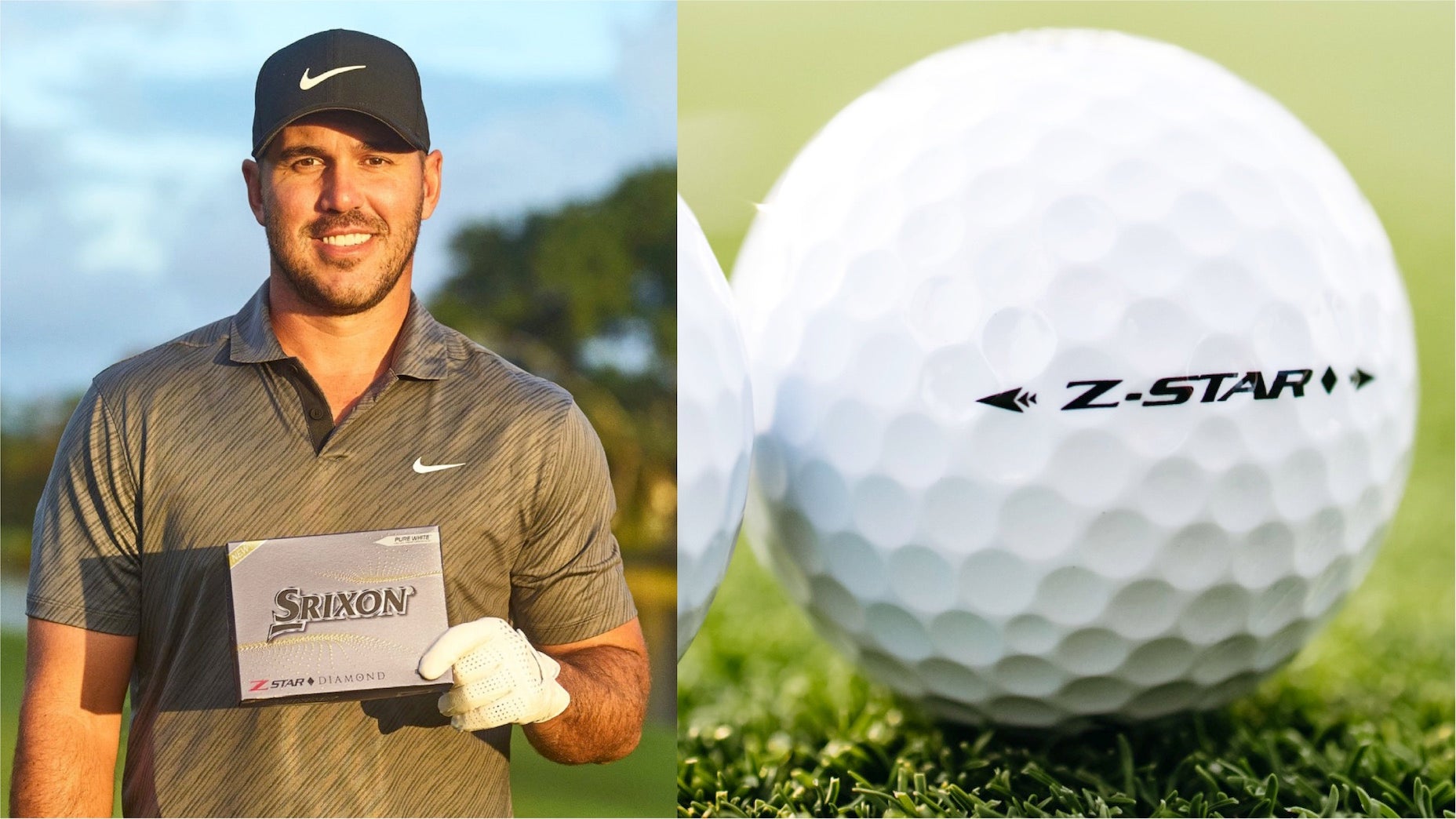
Types of Golf Balls
Golf balls come in a variety of types, each designed to cater to different skill levels and playing styles. Here are some of the most common types of golf balls:
One-Piece Golf Balls
One-piece golf balls are the simplest type of golf ball, made of a single solid piece of material, usually Surlyn or a synthetic material. They are typically used for driving ranges and practice purposes, as they are not suitable for game play due to their lack of spin and distance.
Two-Piece Golf Balls
Two-piece golf balls are the most common type of golf ball used in the game today. They consist of a solid rubber core and a cover made of Surlyn or urethane. They are known for their durability, distance, and reduced spin, making them a popular choice for beginners and high-handicap players.
Three-Piece Golf Balls
Three-piece golf balls are made up of a rubber core, an intermediate layer, and a cover made of urethane. They offer increased spin and control, making them a popular choice for mid-handicap players.
Four-Piece Golf Balls
Four-piece golf balls have a soft rubber core, an inner mantle layer, an outer mantle layer, and a cover made of urethane. They offer increased spin, control, and feel, making them a popular choice for low-handicap players and professionals.
Five-Piece Golf Balls
Five-piece golf balls are the most advanced type of golf ball, featuring a soft core, multiple mantle layers, and a cover made of urethane. They offer unparalleled distance, control, and feel, making them a popular choice for professional golfers.
Distance Golf Balls
Distance golf balls are designed to maximize distance, making them a popular choice for beginners and players with slower swing speeds. They typically have a larger core and a harder cover, resulting in less spin and increased distance.
Spin Golf Balls
Spin golf balls are designed to maximize spin and control, making them a popular choice for low-handicap players and professionals. They typically have a softer cover and multiple mantle layers, resulting in increased spin and control.
Golf Ball Uses
Golf balls are primarily used for playing the game of golf, but they also have several other uses. Here are some of the most common golf ball uses:
General Golfing Purposes
The most common use of golf balls is for playing the game of golf. Each type of golf ball serves a specific purpose, with different balls being used for different shots and playing styles.
- Driver Shots: Distance golf balls are typically used for driver shots, as they are designed to maximize distance and reduce spin.
- Iron Shots: Spin golf balls are typically used for iron shots, as they offer increased spin and control, resulting in more accurate shots.
- Putting: Soft golf balls with a urethane cover are typically used for putting, as they offer better feel and control on the greens.
Training and Practice Purposes
Golf balls are also used for training and practice purposes, with different types of golf balls being used for different types of training.
- Driving Range: One-piece golf balls are typically used for driving ranges and practice purposes, as they are not suitable for game play.
- Practice Balls: Low-cost, used golf balls are often used for practice purposes, as they offer a similar feel to game balls without the cost
- Alignment and Aim: Colored golf balls or those with alignment markings are often used for training purposes, as they help golfers practice proper alignment and aim.
Non-Golfing Purposes
Golf balls have several non-golfing uses as well, including:
- Decorative Uses: Golf balls can be used in various craft projects, such as creating wreaths, birdhouses, or picture frames. They can also be painted and used as decorative accents.
- Creative Uses: Golf balls can be used as part of DIY toys, such as for creating homemade juggling balls or as components in marble mazes.
Factors to Consider When Choosing a Golf Ball
Choosing the right golf ball is essential to improving your game. Here are some factors to consider when choosing a golf ball:
Compression Rating
The compression rating of a golf ball refers to the hardness of the ball. Low compression balls are softer and offer more feel and spin, while high compression balls are harder and offer more distance.
Cover Material
The cover material of a golf ball can affect its spin and durability. Surlyn covers are durable and offer less spin, while urethane covers offer more spin and control.
Spin Rate
The spin rate of a golf ball refers to the amount of spin it produces when hit. High spin balls offer more control and accuracy, while low spin balls offer more distance.
Trajectory
The trajectory of a golf ball refers to its flight path. High trajectory balls offer more height and distance, while low trajectory balls offer more roll and accuracy.
Feel
The feel of a golf ball refers to how it feels when hit. Softer golf balls offer more feel and control, while harder golf balls offer more distance.
Durability
The durability of a golf ball refers to how long it lasts. Higher-end golf balls are typically more durable and offer better performance over time.
Golf Ball Regulations
Golf balls are subject to regulations set by golf governing bodies, such as the United States Golf Association (USGA) and the Royal and Ancient Golf Club of St. Andrews (R&A). These regulations ensure that golf balls are fair and consistent for all players.
Golf Ball Maintenance and Care
Proper maintenance and care of your golf balls can help prolong their lifespan and improve their performance. Here are some tips for maintaining your golf balls:
- Clean your golf balls regularly with soap and water to remove dirt and grime.
- Store your golf balls in a cool, dry place to prevent warping and damage.
- Avoid exposing your golf balls to extreme temperatures or sunlight, as this can damage the materials.
Conclusion
Golf balls come in a variety of types and serve various purposes, from game play to training to decorative uses. When choosing a golf ball, consider factors such as compression rating, cover material, spin rate, trajectory, feel, and durability. Proper maintenance and care of your golf balls can help prolong their lifespan and improve their performance. Understanding the different types of golf balls and their uses can enhance your golfing experience and improve your game.

